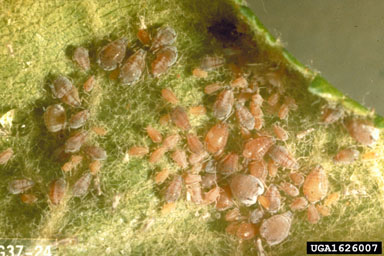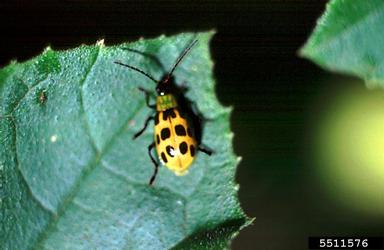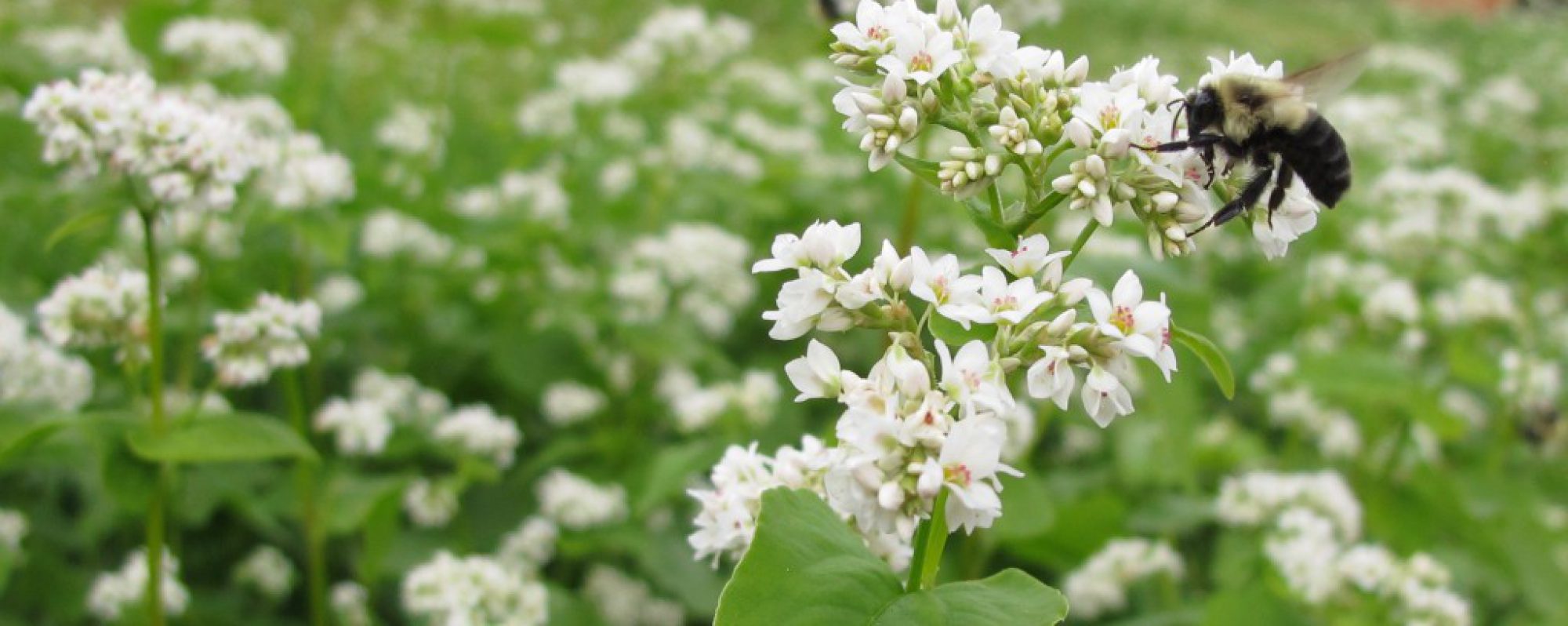By K. Marc Teffeau
As our Cherokee County vegetable gardens move into full production in July so come the assorted insect pests. Some can just be a nuisance, but others can be very destructive if not controlled. Take aphids – also known as (AKA) plant lice – for example. These small bugs, usually found on the undersides of leaves and on actively growing stems, come in various sizes and colors like yellow, pale green or black.

Both young and adult aphids suck the plant juices out of the stems and leaves leaving a mottled green, yellow or brown leaf color, a wrinkled leaf or a distorted stem. One indication of an aphid problem is the running of ants up and down plant stems. Certain ant species “herd” aphids like cattle to get the sugary excretion from them which the ants use as food. Later on in the growing season they can spread plant viruses that will result in plant death. You can find aphids on tomatoes, potatoes, beans, peas, leafy vegetable crops. Early control is very important and can be done with a strong water spray, a soapy water spray or an insecticide labeled for aphid control.
Another sucking pest, spider mites – AKA – red mites, can also be a real problem. Not a true insect – insects have six legs – but a mite, with eight legs is in the class Arachnida which includes spiders. These guys are very tiny and feed on the undersides of plant leaves. They can not only be red, but orange, yellow or green and can be seen with a hand lens. An easy way to determine if you have infestation is to hold a white piece of paper under the blotched or discolored leaf under the leaf and gently tap the leaf onto the paper. Look closely at the white paper and you will see tiny dots start moving around. Run your finger over the dots and, if they leave streak marks, you’ve got mites my friend! Heavy mite infestations will result in tiny, spider like webs, between the plant leaves and stems.
The best control of mites is a strong spray of water directed to the undersides of the plant leaves. This will wash the mites off and keep them under control. Mites really become a problem during hot dry weather because there is no natural rainfall to wash them off the plant leaves and stems. A chemical control you might try is a soapy water spray but you will need to get good coverage under the leaves. Overuse of insecticides will result in serious spider mite problems as insecticides will kill off the beneficial insects that feed on spider mites.

If you are growing vine crops be on the lookout for the spotted and striped cucumber beetles. They are about 1/4 inch long with black heads. The Spotted cucumber beetle is yellow-green with 12 black spots on the back. The Striped cucumber beetle is yellow with three black longitudinal stripes on the back. Striped cucumber beetle deposits eggs around the base of plants, on vines, or just below soil surface. Spotted cucumber beetle larva feed on roots, stem base, or fruit surface. Striped cucumber beetle larva feed mostly on roots and stems. Besides feeding on cucurbits (i.e. cucumber, squash, pumpkin, muskmelon) you can also find them on beans, tomatoes, okra and eggplants. Since the beetle larva eat roots and burrow in young plant stems this will cause wilt or death of the plants. The adults eat seedlings, and chew holes in leaves, flowers and fruit. Chemical controls that you can use include pyrethrum, neem, or spinosad products or an insecticidal soap spray. To get the current University of Georgia Extension home vegetable insect and disease recommendations go to: https://www.ent.uga.edu/pest-management/homeowner-vegetables_2015.pdf and download the publication. Happy Gardening!!!
– Marc Teffeau is one of many UGA Master Gardener Extension Volunteers of Cherokee County. For more information or questions contact the Cherokee County Extension Office at 770-721-7803 or for upcoming seminars follow us on Facebook at www.facebook.com/cherokeemastergardeners.
